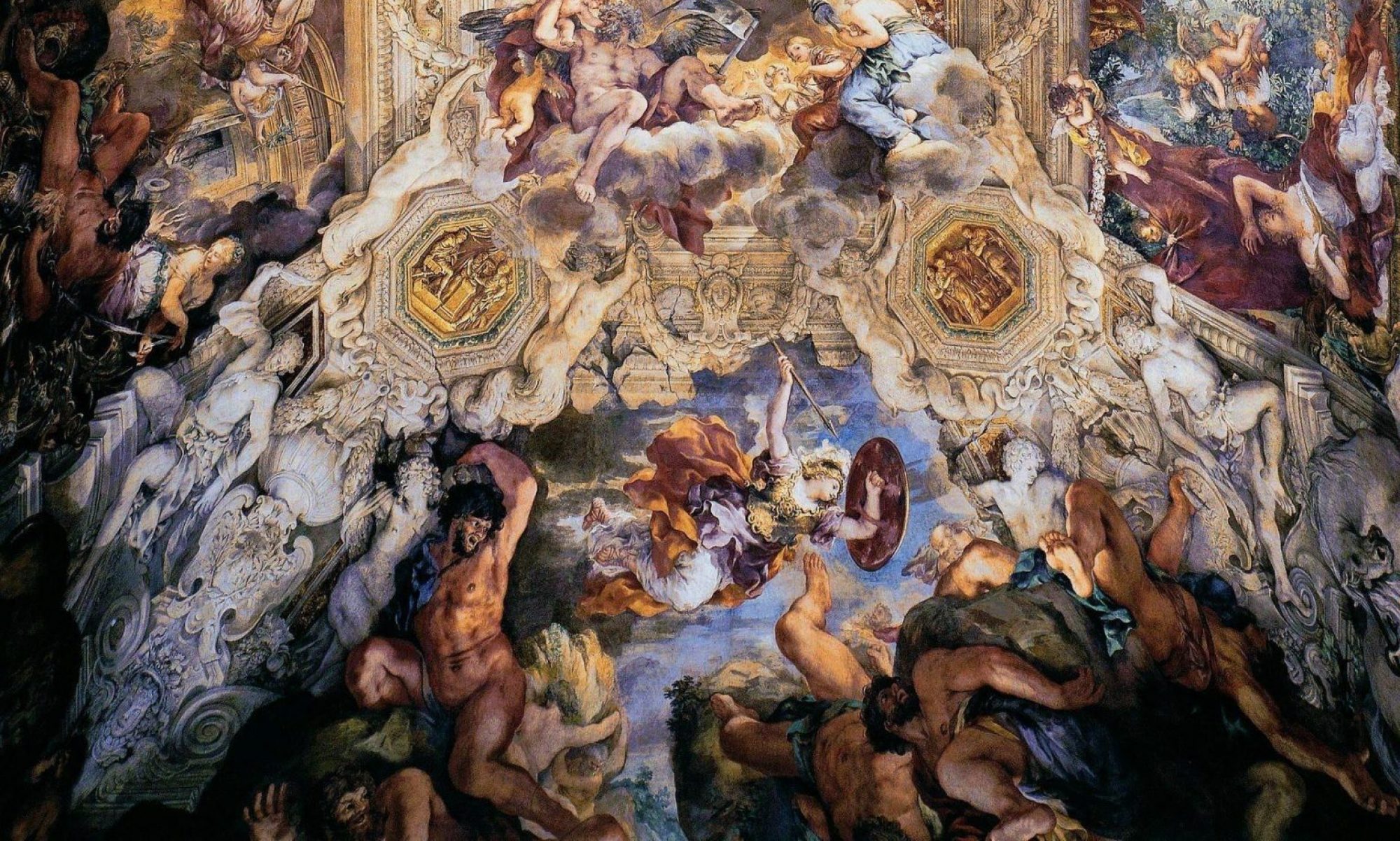Since declaring independence from France in 1960, the Central African Republic (CAR) has immensely grappled with the maintenance of peace and national stability. In addition to complex economic constraints from sustainable development, the country has also witnessed a series of violent military coups that have critically severed their level of security.[1] The wavering foundation of political legitimacy, the myriad of armed actors, and the long withstanding ethnic divisions have collectively paved the way for the most recent phase of conflict in 2013, further ushering the involvement of United Nations Peacekeeping.[2] This paper follows the CAR’s progression of conflict, and ultimately concludes contemporary peacekeeping missions must address complex historical issues, rather than remedying spillover symptoms of the conflict.
On the surface, the current crisis can be largely attributed to religious antagonism between the Séléka rebel group (largely consisting of CAR’s Muslim minority) and the Christian anti-Balaka. In 2013, the Séléka’s violent quest for power established veritable fault lines between the two parties to the conflict, however, it was the persistence of poor governance which created conditions “ripe for rebellion” and continues to be an ongoing driver of the current crisis.[3]
The Séléka’s initial attacks resulted in violent human atrocities, killing more than 5000 people and displacing one fifth of the country’s population.[4] As they rapidly gained control of Northern and Eastern parts of the country, President Francois Bozizé came forward in an effort to establish a peace accord with the Séléka in late 2012. The Libreville Peace Agreement of 2013 aimed to redistribute power among the Séléka leaders and President Francois Bozizé.[5] Despite the peace accord, the Séléka took control of the capital Bangui in 2013, forcing President Bozizé to flee. Consequently, Séléka leader Michel Djotodia declared himself as president.[6]
Chaos rapidly followed as Djotodia had limited control over the various militias that made up the Séléka rebel group. Paradoxically, President Djotodia was unable to establish a functional government and the Séléka coalition deteriorated. Despite their short reign, the Séléka’s overthrow of the government marshalled a new wave of human rights atrocities including killing, arson and rape.[7] Djotodia failed to disband the Séléka in September 2013, and his resignation did little to contain the rebels’ violence.
The brutality of the Séléka produced fertile grounds for seeds of religious prejudice to flourish. Thus, the Christian Anti-Balaka group was formed. The revenge attacks of the Anti-Balaka introduced a new component of religious animosity, causing further destruction and an unprecedented humanitarian crisis across the country.[8] The excruciating cycle of violence between the Ex-Séléka and Anti-Balaka is characterized by retaliatory outbreaks, civilian attacks and ethnic cleansing. In September 2014, the African Union’s International Support Mission to the Central African Republic (‘MISCA’) was transformed into a United Nations Peacekeeping Operation, known as ‘MINSUCA’. The mission still operates today, deploying nearly 14,794 personnel and a budget of $976.38 million.[9]
Recommendation:
The deteriorating security environment and fragmentation of rebel groups has made peacekeeping increasingly challenging, and reconciliation far from simple. Nonetheless, the failures of previous peace agreements exemplify the widening gap between elite decision-makers and the people they claim to represent. Due to the local nature of the CAR conflict, local peace committees must receive utmost support in creating dialogue between opposing parties. International organizations can therefore focus efforts on increasing accountability and justice among perpetrators of violence while serving as a deterrent for future attacks. Lastly, economic incentives can encourage members of rebels groups – who are often trapped in cyclical poverty – to disarm and reintegrate into their society.[10] Through collaboration between organizations rooted in communities of conflict and the resources of the United Nations, the CAR region can effectively work towards security, stability and peace.
[1] Institute for Peace And Security Studies (IPSS), Central African Republic (CAR) Conflict Insight, Ethiopia: Institute for Peace and Security Studies, 2018.
[2] International Peace Information Service (IPIS), Central African Republic: A Conflict Mapping, 2018.
[3] Conciliation Resources, Analysis of Conflict and Peacebuilding in the Central African Republic, November 1, 2015, https://www.c-r.org/resource/analysis-conflict-and-peacebuilding-central-african-republic.
[4] United Nations Higher Commissioner for Refugees (UNHCR), “Central African Republic Fact Sheet”, Geneva: UNHCR, 2017, https://data2.unhcr.org/fr/documents/download/61126.
[5] Institute for Peace And Security Studies (IPSS), Central African Republic (CAR) Conflict Insight, Ethiopia: Institute for Peace and Security Studies, 2018.
[6] Ibid.
[7] United Nations Higher Commissioner for Refugees (UNHCR). “Central African Republic Fact Sheet”. Geneva: UNHCR, 2017. https://data2.unhcr.org/fr/documents/download/61126.
[8] Institute for Peace And Security Studies (IPSS), Central African Republic (CAR) Conflict Insight, Ethiopia: Institute for Peace and Security Studies, 2018.
[9] MINUSCA, “S/2018/922: Report of the Secretary-General on the Central African Republic,” MINUSCA, February 26, 2019, https://minusca.unmissions.org/en/s2018922-report-secretary-general-central-african-republic.
[10] Kendrick Foster, “From War to Peace in the Central African Republic,” Harvard Political Review, September 5, 2019, https://harvardpolitics.com/world/car-peace/.
